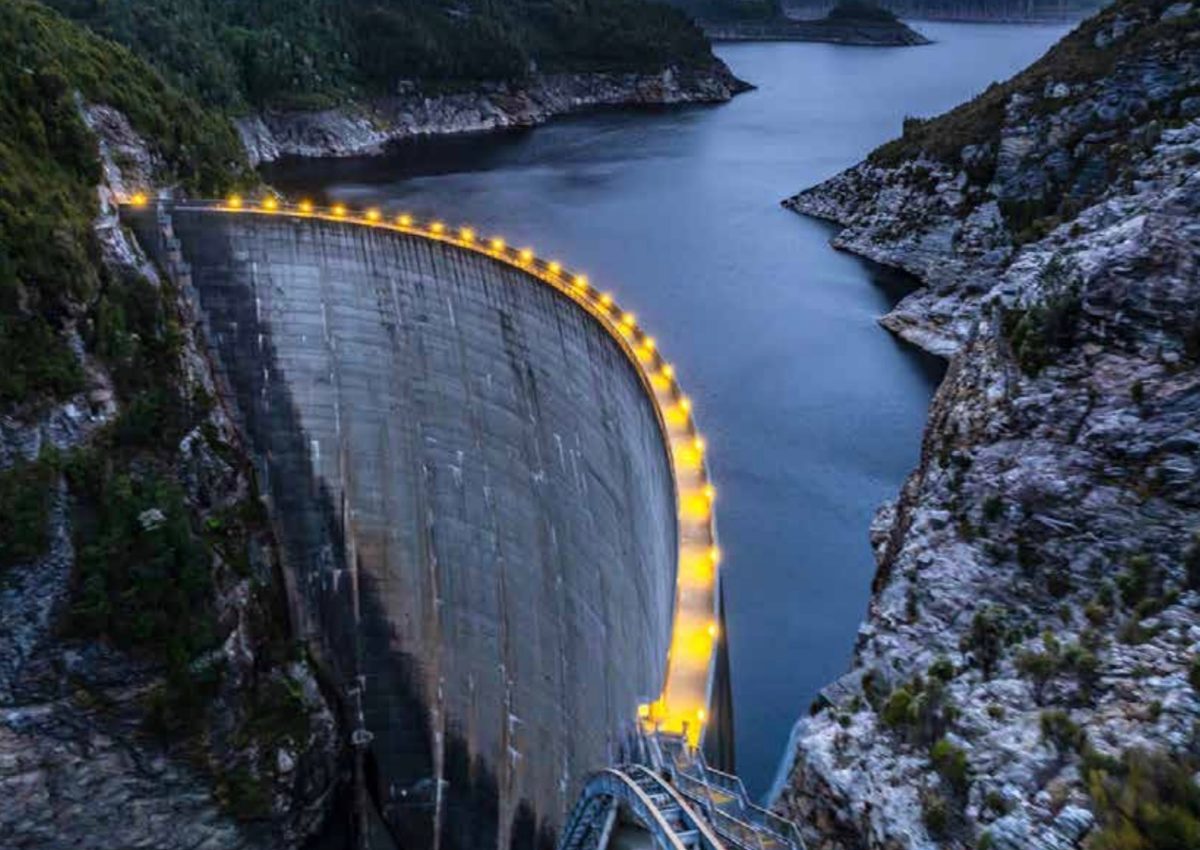New Tasmanian Premier Peter Gutwein was not mucking around in January when he came to office declaring that Tasmania’s global-leading position on renewable energies and carbon emissions reduction would “be a key priority of my Government, underpinned by our strong investment in renewable energy as the battery of the nation…” Indeed, this week the Tasmanian Government announced a $50 million investment toward its green hydrogen ambitions over the next ten years.
The Tasmanian Renewable Hydrogen Action Plan will see a $20 million investment in the Renewable Hydrogen Fund, another $20 million in concessional loans and a further $10 million for support services.
Tasmanian Minister for Energy, Guy Barnett, noted Tasmania’s ideal positioning in the energy transition as a green hydrogen powerhouse. “Tasmania has a proud 100-year history of hydro-industrialisation which has established our presence as the renewable energy state of Australia,” said Barnett.
Key to Tasmania’s green hydrogen ambitions are the interdependent major national renewable energy projects, Project Marinus and Battery of the Nation (BON). BON is an initiative which seeks to utilise Tasmania’s comparative advantage in pumped hydro storage to back up the mainland National Electricity Market (NEM), particularly in Victoria. The backup would free up enormous quantities of wind and solar currently suffering languidly due to grid congestion. Of course, in order to supply the storage there needs to be a new interconnector between Tasmania and Victoria, hence the Marinus Link.
Last year, Hydro Tasmania, the state-owned utility, released a white paper titled Tasmania’s ‘green hydrogen opportunity – what makes Tasmania a unique, green hydrogen zone?, which outlined the State’s competitive advantage in the emerging hydrogen industry. The analysis showed that hydrogen can be produced in Tasmania for approximately 10-15% less than other Australian power grids needing to offset emissions, and 20-30% less than from dedicated off-grid renewables, due to the high plant utilisation that can be supported by Tasmania’s hydropower.
The investment will work within the framework set out by the National Hydrogen Strategy adopted at the belated COAG Energy Council meeting in November 2019. One such framework is the importance of developing hydrogen hubs to facilitate industry development whilst efficiently leveraging existing infrastructure.
Therefore, the first step for Tasmania’s newly bolstered green hydrogen efforts is the development of a hydrogen hub, with the Bell Bay Advanced Manufacturing Zone in the State’s North-West presenting itself as the ideal candidate. The hub would begin as a 100MW green hydrogen production facility with the possibility of expansion to 1000MW by 2030.
Another possible location for the facility is Burnie in Tasmania’s north-west coastal region.
Over the next ten years, Tasmania’s vision is a road of milestones. By 2022 Tasmania expects to meet its target of renewable self-sufficiency. “Tasmania will be the first state in Australia, and among an elite few locations globally, with 100% renewable power generation,” said. With the development of a hydrogen hub and the encouragement of private industry in the years immediately following, Tasmania hopes to be exporting a significant amount of renewable hydrogen for export and domestic use by 2030.
Tasmania’s funding will be allocated through a competitive two-stage Expression of Interest (EOI) process expected to begin in the second quarter of 2020. These grants will align with the Australian Renewable Energy Agency’s (ARENA) $70 million hydrogen funding round.
Tasmania is inviting private industry investment. “Tasmania is an ideal location to produce cost-competitive renewable hydrogen on a large scale to meet this emerging export and domestic demand and become a global leader in renewable energy supply,” said Barnett.
This content is protected by copyright and may not be reused. If you want to cooperate with us and would like to reuse some of our content, please contact: editors@pv-magazine.com.









Use the sand from the king river to build the hydrogen power plant opposite the Mt Lyle copper mine .as this would be great to roast the copper ore in a sealed unit .the sulphur could be added to ammonia to make fertilizer .plus clean up the polluted river of copper john